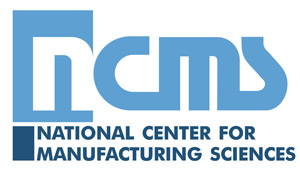Extending Lead-Acid Battery Life via Desulfating Chemicals
NCMS Project #: 140846
Problem: It is estimated that for every ten batteries discarded at least eight are thrown away due to sulfation. The prevailing cause for the malfunctioning of lead-acid batteries is sulfation, though there are other causes too. Sulfation occurs when a lead-acid battery is maintained improperly and deprived of a full charge. Misuse, abuse and poor maintenance are common. An improper connection, lack of terminal cleaning and arcing are also quite common. Of particular concern is not keeping fluid at the proper levels in the interior of the battery.
Deep-cell cycle batteries have removable cell caps to check and add fluid when needed. The reason fluid levels need to be monitored consistently is because as the battery is discharged and recharged heat occurs and evaporation depletes the fluid levels. The primary mechanism for finite battery life results when during continuous battery usage, sulfuric acid crystals form on the interior battery components.
Benefit: Maintenance and sustainment processes are needed to extend battery life. The processes learned from this project will better equip the commercial industry to better maintain their battery stores while improving battery sustainment thus reducing costs to the public.
Solution/Approach: The focus of this project is to test and evaluate a sample of batteries at DLA’s largest automated distribution facility in New Cumberland, PA with a new methodology and technology for maintaining batteries and decreasing battery corrosion due to sulfation, in order to reach their life expectancy and beyond.
Impact on Warfighter:
- Improved maintenance processes
- Improve equipment readiness
- Reduce costs
DOD Participation:
- DLA Distribution
Industry Participation:
- Avomeen
- NCMS
Benefit Area(s):
- Cost savings
- Maintenance avoidance and reliability
- Positive environmental impact
- Maintenance management improvement
- Improved readiness
Focus Area:
- Energy, environmental, health, and safety
